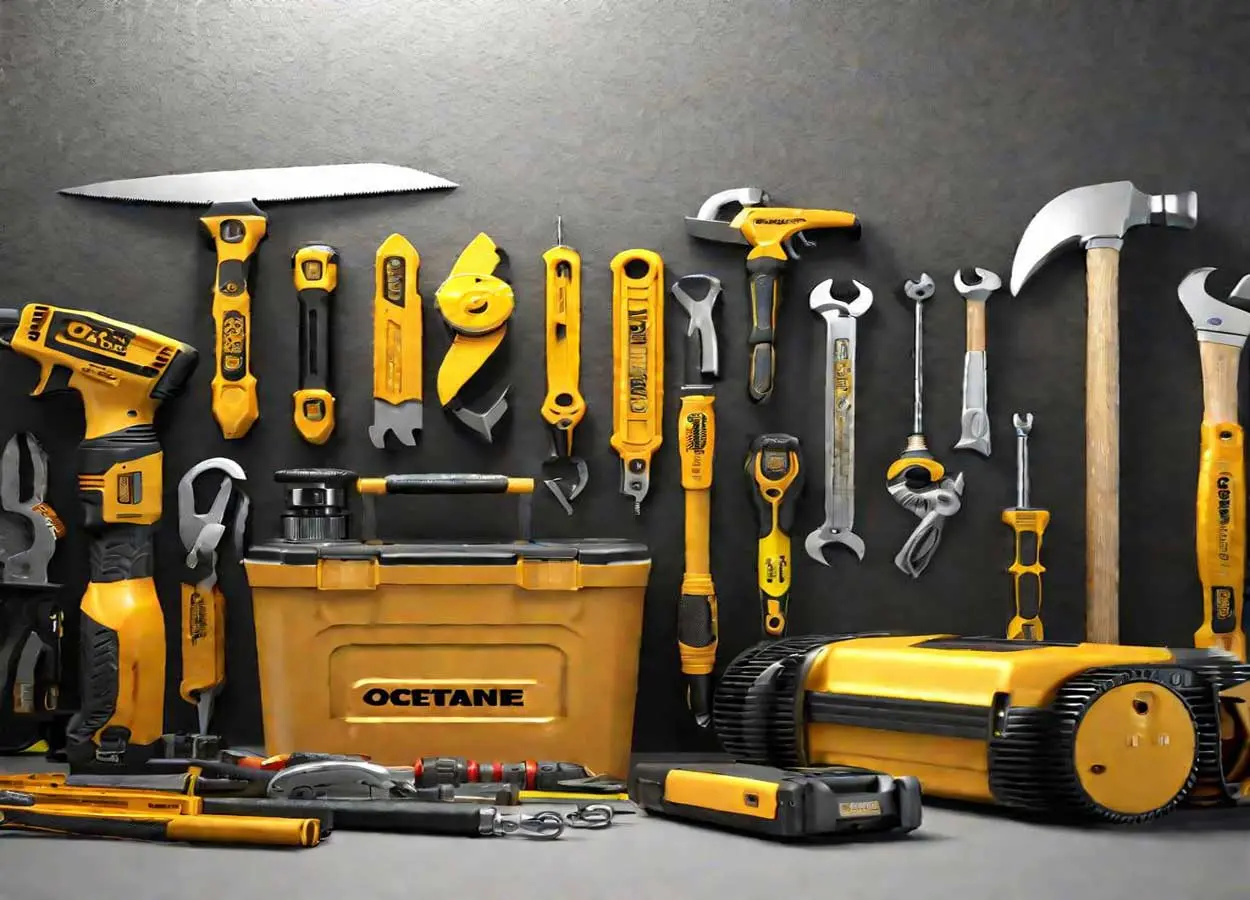Last Updated on May 6, 2024 by Admin
Embarking on DIY projects can transform your living space, enhance your skills, and bring a profound sense of accomplishment. However, the difference between a frustrating experience and a successful project often lies in having the right tools at your disposal. This is why understanding the essential tools for various DIY endeavors is crucial. Also, Our article from Taleb Kasimy Trading Co. delves into the indispensable tools that can elevate your DIY tools from daunting tasks to enjoyable and rewarding activities. By equipping yourself with the proper toolkit, you unlock the potential to bring your creative visions to life with ease and confidence. This guide aims to demystify the world of DIY projects, making them accessible and manageable for enthusiasts of all skill levels.
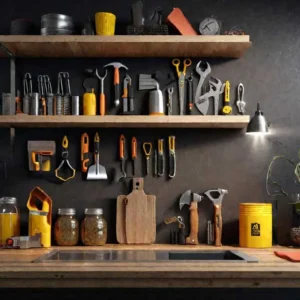
Essential DIY Project Tool Kit
Embarking on DIY projects can be an exhilarating experience, offering a sense of accomplishment and the ability to add a personal touch to your surroundings. However, the success of these endeavors largely depends on one critical factor: the tools you have at your disposal. A well-equipped tool kit is the cornerstone of any DIY tool, providing you with the means to tackle tasks efficiently and effectively. Whether you’re assembling furniture, fixing a leaky faucet, or building a deck, having the right tools can make the difference between a frustrating ordeal and a satisfying project completion. The first step in building your DIY toolkit is understanding the essentials. These are the tools that form the foundation of your kit, enabling you to perform a wide range of basic tasks. A sturdy hammer, a set of screwdrivers (including both Phillips and flathead), a tape measure, and adjustable wrenches are indispensable.
As you become more immersed in the world of DIY projects, you’ll encounter situations that require more than just manual tools. This is where power tools come into play. Drills, circular saws, and sanders can expedite tasks and achieve results that might be unattainable with hand tools alone. However, it’s essential to strike a balance in your DIY projects. Power tools offer efficiency and power but at a higher cost and with a steeper learning curve. Beginners should start with the basics. They should do it before expanding their collection as their skills and project needs grow. While the basics can get you far, there are a few additional tools that can elevate your DIY game. A stud finder, for instance, is crucial for hanging items on the wall securely.
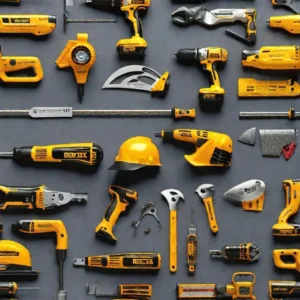
Tackling Specific DIY Projects with Confidence
Embarking on DIY projects can be both rewarding and empowering. Whether you’re looking to breathe new life into old furniture, install custom shelving, undertake home repairs, or explore creative DIY endeavors, having the right tools at your disposal is paramount. This guide will walk you through various DIY projects, highlighting the essential tools that can help you achieve professional-quality results with confidence.
-
Furniture Restoration
Furniture restoration is a fantastic way to give a second life to vintage or worn-out pieces. The key to a successful restoration lies in the preparation and the finishing touches. Essential tools for this task include a reliable sander to smooth out imperfections, a high-quality paintbrush or sprayer for an even coat of paint or varnish, and a set of chisels for any necessary detail work. Additionally, good quality wood glue and clamps will prove invaluable for fixing any loose joints or parts. With these tools, restoring furniture can transform from a daunting task to a fulfilling project.
-
Custom Shelving Made Simple
Creating custom shelving for your DIY projects, can not only add unique charm to your home but also provide tailored storage solutions. The process is simplified with a few key tools: a power drill for secure installations, a level to ensure your shelves sit perfectly horizontally, and a stud finder to securely anchor your shelves to the wall. For cutting shelf boards to size, a circular saw or a hand saw with a guide is indispensable. These tools, when used properly, can make the installation of custom shelving a straightforward and satisfying project.
-
Home Repairs Demystified
Home DIY projects and repairs can range from fixing a leaky faucet to patching a hole in the wall. For plumbing tasks, a pipe wrench and a set of adjustable wrenches are essential for gripping and turning pipes. A caulking gun is also handy for sealing gaps or cracks around windows, doors, and plumbing fixtures. For drywall repairs, a spackle knife, sandpaper, and paintbrush are necessary for a smooth, finished look. Having these tools on hand can make common home repairs less intimidating and more manageable.
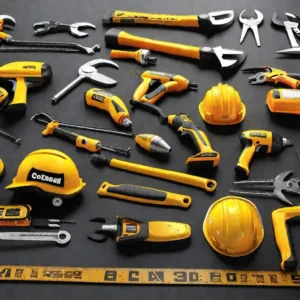
Maximizing Your DIY Projects Success with Advanced Tools
Engaging in DIY projects can be both a fulfilling hobby and a practical way to enhance your living space. However, the complexity and quality of your projects can significantly improve by leveraging advanced tools. This guide delves into when it’s wise to invest in higher-end tools, the benefits of incorporating smart technology into your toolkit, and the essential tools needed for tackling more complex projects and achieving professional finishes.
-
Elevating Your DIY projects
Understanding the right moment to upgrade your tools can dramatically influence the outcome of your DIY projects. High-quality tools often provide greater precision, power, and durability, making them a worthy investment for serious DIY enthusiasts. If you find yourself consistently engaging in projects or dealing with materials that your current tools struggle to handle, it might be time to consider an upgrade. For instance, a high-end power drill with adjustable speed and torque settings can make a world of difference when working with various materials. Moreover, investing in tools with enhanced safety features and ergonomic designs can also reduce the risk of injuries and improve overall comfort during use.
-
The Impact of Technology
The integration of technology into DIY tools has opened up new possibilities for creators. Smart tools, equipped with Bluetooth connectivity, allow for unprecedented precision and ease of use. These innovative gadgets can connect to apps on your smartphone, providing you with real-time feedback, guidance, and even tutorials tailored to your DIY projects. For example, a smart laser level can communicate with your phone to ensure perfect alignment while you’re installing cabinets or hanging artwork. Additionally, tools like digital tape measures and stud finders can send measurements directly to your device, streamlining the planning and execution phases of your projects.
-
Beyond the Basics
As your DIY skills progress, you’ll likely venture into more ambitious projects that require specialized tools. For intricate woodworking, a high-quality table saw with a fine-tooth blade is indispensable for making precise cuts. Similarly, for projects that involve metalwork, investing in a reliable soldering iron or a versatile rotary tool can significantly expand the range of projects you can tackle. When it comes to achieving professional-grade finishes in your DIY projects, tools like airless paint sprayers or high-grade sanders can make a noticeable difference in the final appearance and durability of your work. These tools not only speed up the process but also allow for a level of finesse that’s hard to achieve with basic equipment.
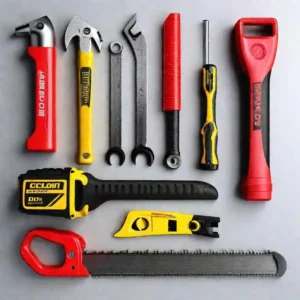
Maintenance and Care of Your DIY Tools
Whether you’re a seasoned DIY enthusiast or just starting out, the importance of maintaining and caring for your tools cannot be overstated. Proper maintenance not only extends the life of your tools but also ensures they’re always ready and safe to use. Here, we delve into essential tips for keeping your tools in top shape, smart storage solutions, and how to troubleshoot common problems.
-
Keeping Your Tools in Top Shape
Maintaining your DIY projects and tools doesn’t have to be a daunting task. A few simple, routine steps can significantly impact their performance and longevity. Firstly, cleaning your tools after each use is crucial. Wipe down surfaces to remove dust, debris, and any residual moisture that can lead to rust. For power tools, compressed air can be a great way to blow out dust from hard-to-reach places.
-
Troubleshooting Common Tool Problems
Even with the best care, tools can encounter problems. Knowing how to troubleshoot these issues can save you time and money. For power tools that won’t start, check the power source first. A tripped breaker or a faulty outlet could be the culprit. If the tool is battery-operated, ensure the battery is charged and properly inserted. For hand tools like hammers or screwdrivers that have become loose or wobbly, inspect the handle for damage. In many cases, tightening a screw or replacing a cracked handle can restore the tool’s functionality in the DIY projects. If a tool has become rusty, a mixture of vinegar and baking soda can work wonders. Apply the mixture, let it sit for a few hours, then scrub off the rust with a brush.
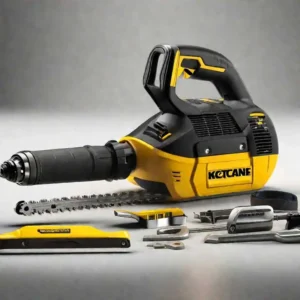
Expanding Your DIY Projects Horizons
Embarking on DIY projects not only enhances your living space but also empowers you with skills that last a lifetime. Whether you’re a novice trying your hand at simple home improvements or an experienced DIYer looking to tackle more complex tasks, expanding your project horizons is key to keeping your creative juices flowing. This entails stepping out of your comfort zone, experimenting with new materials, and embracing the learning curve that comes with each new project. Also, Finding the right inspiration can turn an ordinary project into an extraordinary one. Social media platforms like Pinterest and Instagram are treasure troves of creative DIY ideas that cater to all skill levels and interests.
In the meantime, One of the most rewarding aspects of DIY projects is the opportunity they provide to learn new skills. For those looking to expand their DIY repertoire, numerous online platforms offer courses and tutorials tailored to a wide range of activities. Websites like Coursera and Udemy feature classes taught by industry professionals, covering everything from basic carpentry and plumbing to more advanced techniques like electrical work and woodworking. Additionally, local community centers often host workshops where you can learn hands-on from skilled artisans and craftspeople in a supportive environment.
Conclusion
the journey of DIY projects is one that combines the excitement of personal achievement with the practicality of enhancing one’s living environment. The essence of successful DIY endeavors lies in the foundation of possessing a comprehensive tool kit, which serves not just as a means to an end but as the very bedrock of creativity and efficiency. As we have explored, the right tools not only make tasks more manageable but also open the door to tackling a broader spectrum of projects with confidence. This confidence, coupled with an understanding of when to invest in advanced tools and how to integrate smart technology, can elevate your DIY projects from satisfactory to professional-grade outcomes. also, you can read Electrical Safety Checks article for more information too. Furthermore, the significance of regular maintenance and the care of these tools cannot be overlooked, as they ensure longevity and reliability when you need them the most.

